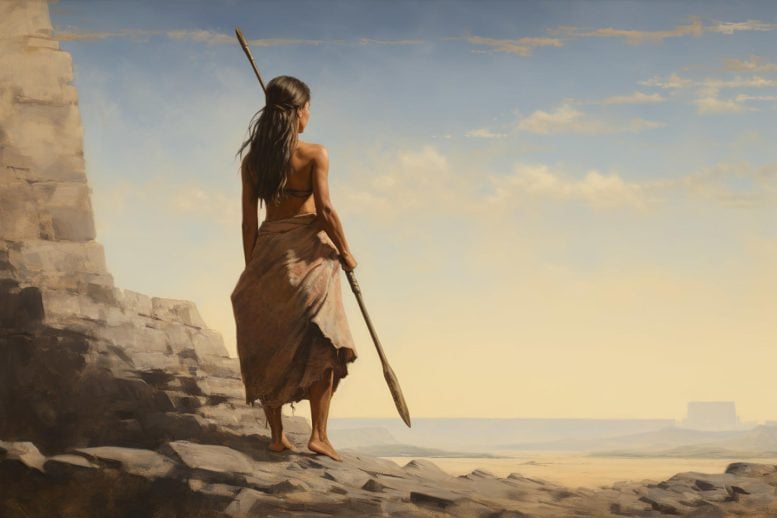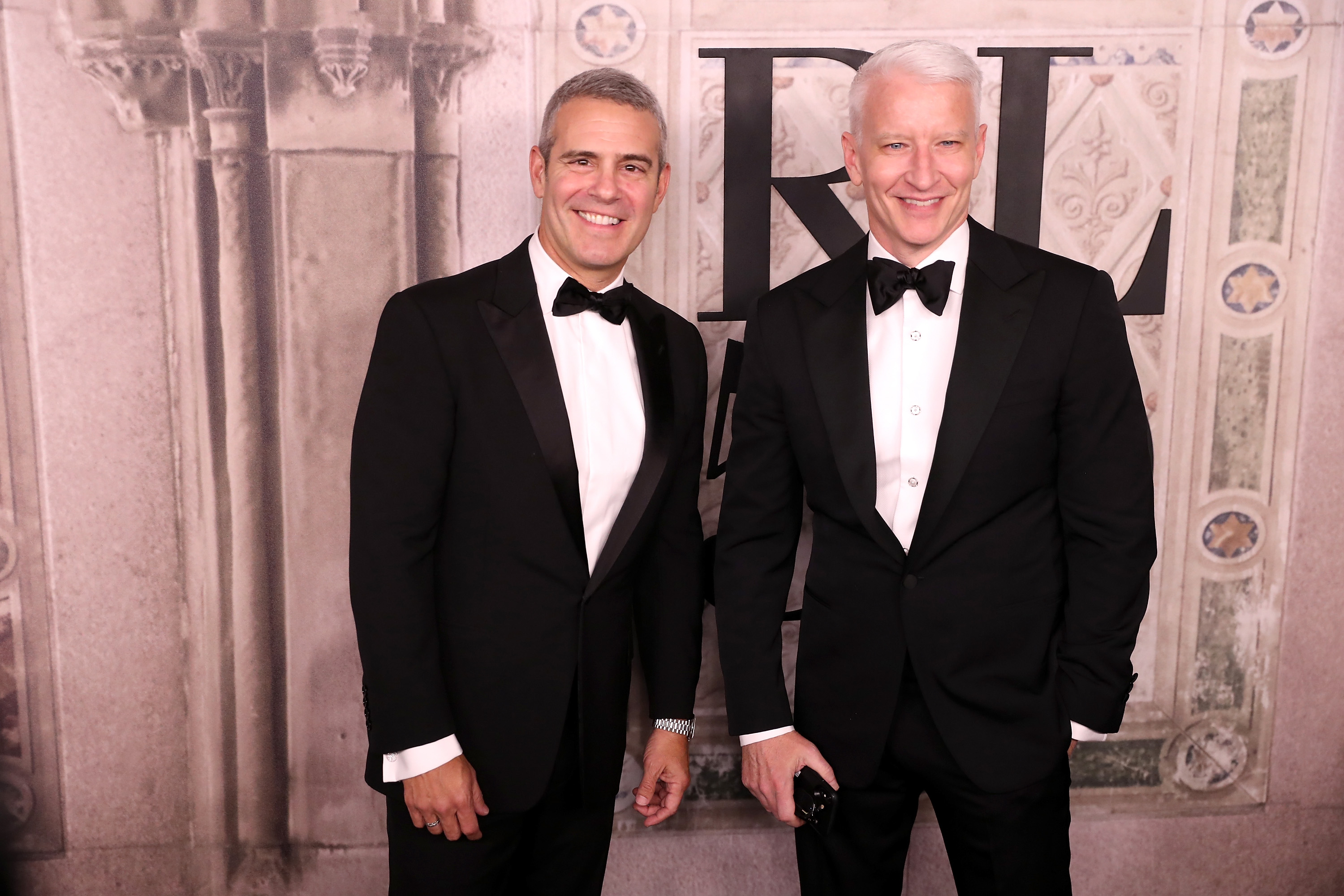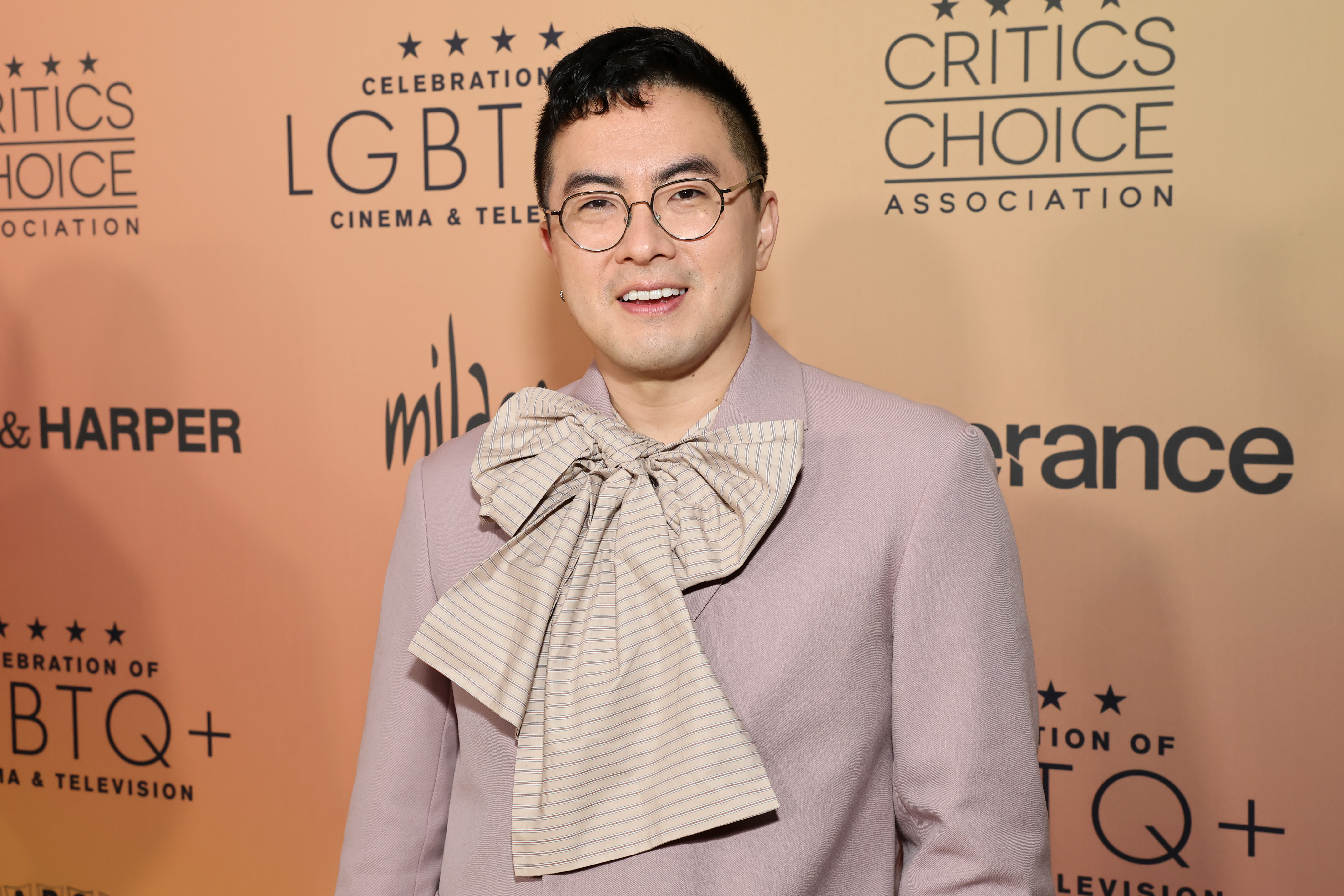Challenging Historical Narratives: Research Highlights Women as Hunters

A recent study provides insight into the roles of prehistoric women in hunting, suggesting that their physiology may have advantaged them for this role. The research utilizes both physiological studies and archaeological findings to challenge the previous general beliefs of distinct labor divisions in early societies and highlight the endurance capabilities of women. It also calls for a reevaluation of past preconceptions about women's abilities and roles.
Cara Ocobock, a faculty member in the Anthropology department at the University of Notre Dame, formed a curiosity for the stereotypical representation of prehistoric men and women from a young age. Men were depicted as dominant hunters while women were mere gatherers, caring for children, and handling crop seeds. This depiction, according to Ocobock, has driven our understanding and interpretation of early human history.
Ocobock later found that these widely accepted conceptions about early gender roles were not entirely accurate through her studies in human biology and prehistoric evidence. She posited that men's presumed biological superiority has influenced human evolution's narrative without fully understanding the entire story.
Armed with findings from physiological studies and archaeological discoveries, Ocobock, alongside her colleague Sarah Lacy, a biological archaeology expert, published two related studies in the American Anthropologist journal. The studies revealed that not only were prehistoric women engaged in hunting, but their physiological make-up may have advantaged them in this role.
The aim of Ocobock's study, as featured in the cover story of the November issue of Scientific American, was not to rewrite history but to refocus the narrative that had previously disregarded the role of women in it.
The studies suggested that prehistoric women were physically equipped for hunting, likely capable of sustaining the hunting process over extended periods. Ocobock posits that metabolically, the female body is perfectly suited for endurance tasks prevalent in early hunting methods, such as chasing their prey into exhaustion before making their kill.
A woman's enhanced metabolism can be attributed to the hormones estrogen and adiponectin, usually more present in female bodies than males. These hormones play crucial roles in the management of glucose and fats, which are integral for superior athletic performance.
Estrogen specifically aids in the regulation of fat metabolism by prompting the body to utilize its fat storage for energy before using carbohydrates. This slow-burring energy source enables sustained physical effort over longer periods.
Moreover, estrogen protects the body’s cells from heat exposure damage, which is often a byproduct of intense physical activity. Ocobock voices her admiration for the hormone, stating, “Estrogen is really the unsung hero of life, in my mind,” She explains that estrogen plays crucial roles in maintaining cardiovascular and metabolic health, brain development and injury recovery.
Adiponectin also facilitates fat metabolism and helps preserve carbohydrate and protein metabolism, thus preventing muscle breakdown and allowing optimum conditioning for sustained physical activity.
Ocobock and Lacy also point out that the female body structure itself provided an added advantage for prehistoric hunters. Females' wider hip structure enables lengthier strides, which are more "metabolically economic," allowing them to cover longer distances faster. Ocobock likens prehistoric women to marathon runners due to these physiological factors, contrasting them with men who she likens to powerlifters.
Several archaeological findings indicate prehistoric women not only shared in the resulting injuries of the dangerous business of close-contact hunting but that it was an activity held in high esteem and valued by them. “We have constructed Neandertal hunting as an up-close-and-personal style of hunting,” Ocobock said, “meaning that hunters would often have to get up underneath their prey in order to kill them. As such, we find that both males and females have the same resulting injuries when we look at their fossil records.”
Ocobock described those traumatic injuries as being similar to those received by modern-day rodeo clowns — injuries to the head and chest where they were kicked by the animal, or to the limbs where they were bitten or received a fracture. “We find these patterns and rates of wear and tear equally in both women and men,” she said. “So they were both participating in ambush-style hunting of large game animals.”
Second, Ocobock said, there is evidence of early female hunters in the Holocene period in Peru where females were buried with hunting weapons. “You don’t often get buried with something unless it was important to you or was something that you used frequently in your life.
“Furthermore, we have no reason to believe that prehistoric women abandoned their hunting while pregnant, breastfeeding, or carrying children,” Ocobock added, “nor do we see in the deep past any indication that a strict sexual division of labor existed.”
The bottom line, Ocobock noted, was that “hunting belonged to everyone, not just to males,” especially in prehistoric societies where survival was an all-hands-on-deck activity. “There weren’t enough people living in groups to be specialized in different tasks. Everyone had to be a generalist to survive.”
“This revelation is especially important in the current political moment of our society where sex and gender are in a spotlight,” Ocobock said. “And I want people to be able to change these ideas of female physical inferiority that have been around for so long.”
When talking about reconstructing the past in order to better understand it — and to conduct “good science” — Ocobock said scientists have to be extremely careful about how modern-day bias can seep into one’s interpretations of the past. She cautioned that researchers have to be aware of their own biases and make sure they are asking the proper questions so the questions don’t lead them down the road of looking for what it is they want to see.
“We have to change the biases we bring to the table, or at least to give pause before we assign those biases. And in a broader sense, you cannot outrightly assume somebody’s abilities based on whatever sex or gender you have assigned by looking at them,” Ocobock concluded.




